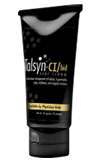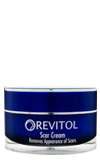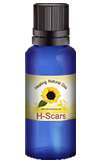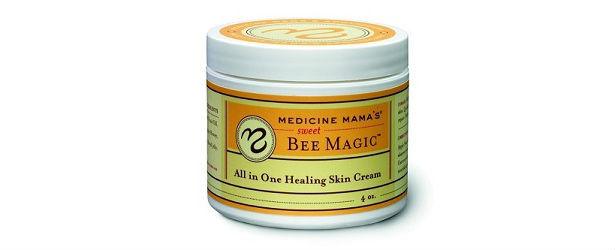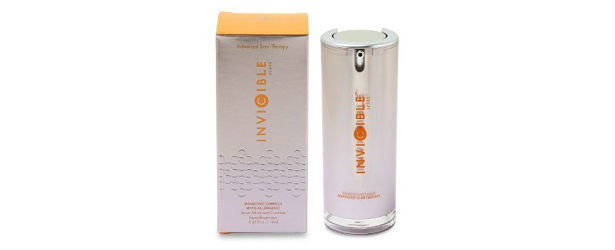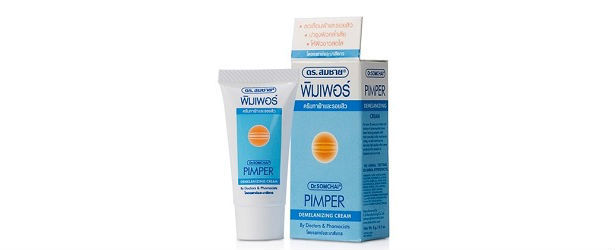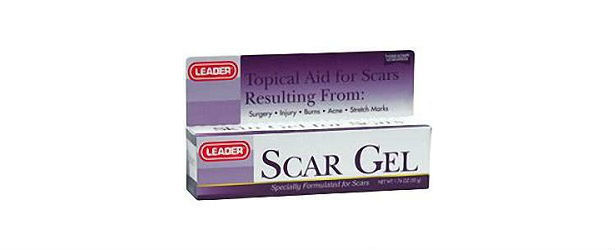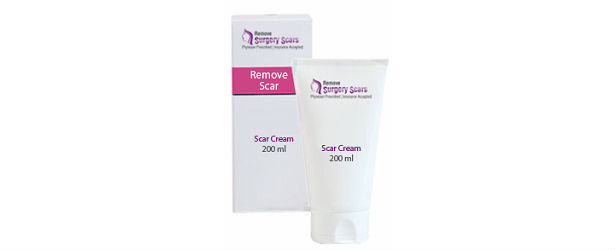
Scars and What to do about Them
Scars are made up of bands of fibrous tissues generated in order to heal a skin injury. As soon as you sustain an open wound to the skin, your body begins a biological process of repairing the injury to the tissues. Scars are actually a sign that your body has healed itself. Smaller wounds may never scar, but most wounds resulting from surgery, injury or disease cause some type of scarring.
Causes of scars include burns, injuries, surgery, acne, and chicken pox. Tattoos also may cause scarring to the skin, along with certain skin conditions and severe rashes. How bad the scarring is depends on how bad the wound or injury is. For instance, chicken pox can cause very deep, pronounced impressions in the skin.
How Do Scars Form?
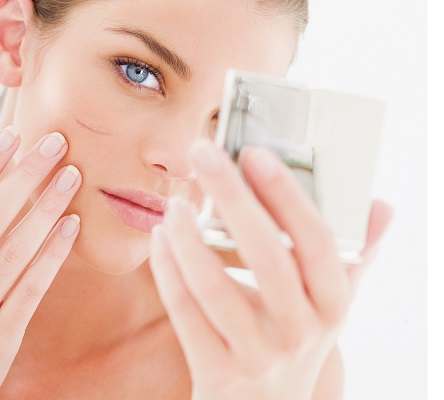 When your body forms a scar, your body is doing its job healing the injury. As soon as the injury or opening happens, your body releases collagen to begin closing up the wound. Collagen is a protein that forms fibers to close up the opening in the skin. In the beginning, the collagen forms a crusty layer called a scab that protects the wound from outside air and infection. The body continues to form collagen, and once the scar forms, the scab falls off. After this happens, you can see where this all took place in the form of a scar.
When your body forms a scar, your body is doing its job healing the injury. As soon as the injury or opening happens, your body releases collagen to begin closing up the wound. Collagen is a protein that forms fibers to close up the opening in the skin. In the beginning, the collagen forms a crusty layer called a scab that protects the wound from outside air and infection. The body continues to form collagen, and once the scar forms, the scab falls off. After this happens, you can see where this all took place in the form of a scar.
The Effects Of Age And Ethnicity On Scars
Scar tissue forms at different rates and severity according to age. In younger, healthier skin, the process of wound healing is much stronger. In older people, scars tend to be thicker and more noticeable. This is the result of less moisture on the skin surface. There are other factors that affect scarring, including the location of the wound, ethnicity, and genetic factors. Even though they have young skin, kids tend to be more susceptible to skin wounds because of their active nature.
Kids and fair-skinned people are very prone to hypertrophic scars. People of African and Asian descent are more susceptible to keloid scars. Hypertrophic scars and keloid scars tend to look very much alike. Keloid scars can be very large and grow bigger than the original size of the injury to the skin. Where the wound is located also affects how big the scar is. Scars that form on shoulders or knees tend to become wider due to movement of the joint.
Ways to Treat Scars
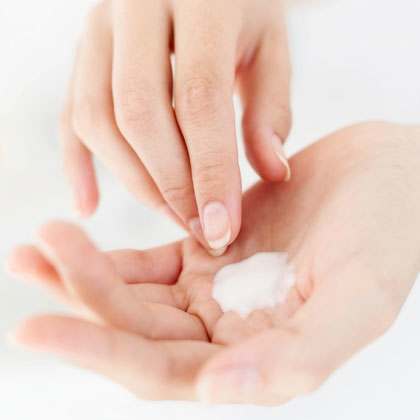 Understand that scars are permanent and will never completely disappear. It is possible, however, to fade and smooth the appearance of a scar. The best treatment is the application of an ointment that locks in moisture to the skin and encourages healing and healthy tissue regeneration. Severe scarring can be treated with cosmetic surgery. It is important to begin treatment to scars as soon as possible. Good wound care encourages fast healing with little scarring. It is important to keep the wound clean, dry and moisturized. Never pick at scabs because this breaks up the collagen and can cause an infection in the wound.
Understand that scars are permanent and will never completely disappear. It is possible, however, to fade and smooth the appearance of a scar. The best treatment is the application of an ointment that locks in moisture to the skin and encourages healing and healthy tissue regeneration. Severe scarring can be treated with cosmetic surgery. It is important to begin treatment to scars as soon as possible. Good wound care encourages fast healing with little scarring. It is important to keep the wound clean, dry and moisturized. Never pick at scabs because this breaks up the collagen and can cause an infection in the wound.
Scars Heal with Time
Over time, scars fade and decrease in size. In order to reduce the scar’s appearance, more treatment is needed. Surgical, hypertrophic, keloid, and injury scars need to have an occlusive moisture barrier applied. Treatment for acne scars depends on how bad the scarring is. Burn scars that are severe may need skin grafts if home treatment does not work. Doctors usually have patients try scar creams first and then reevaluate after treatment.
Surgical Repair of Scars
If scarring is severe, surgeons can repair the scar with a surgery known as scar revision. This surgery will not remove the scar but can make it less noticeable. This is most often used on long or very wide scars. This procedure does not work on keloid scars, because the trauma of surgery will cause other keloid scars to form. Doctors may also have to follow a scar revision with steroid injections to prevent further scarring.
Steroid Injections to Heal Scars
Keloid and hypertrophic scars may benefit from steroid injections. Steroids reduce inflammation and can fade the redness and thick appearance of the scar. Corticosteroids can also reduce itching and make the scar appear more flat.
Cryosurgery for Scar Healing
Doctors can freeze scar tissue using a nitrous oxide probe. Cryosurgery can reduce the appearance of keloid and hypertrophic scars.
Dermabrasion for Scars
Dermabrasion rubs off the top layer of skin and scar tissue by using an instrument with a rough surface. This is most often used for acne scarring.
Silicone Gel Patches for Scars
A silicone gel patch is an over-the-counter treatment that can be placed onto a scar to lock in moisture. This can fade the scar and give it a smoother appearance.
Home Remedies For Scars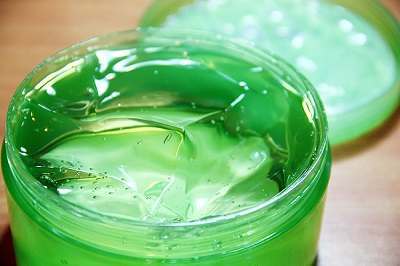
Home remedies for scars include vitamin E oil, cocoa butter, and aloe vera gel. These can be bought over the counter.
Check with your doctor or surgeon before beginning a home treatment for scarring.
- Cocoa butter, a type of fat obtained from cacao seeds, is found in many body lotions.
- Vitamin E oil can be purchased in bottles or squeezed from vitamin capsules directly.
- Aloe vera comes from an African plant and can be bought over the counter as aloe vera gel.
These things reduce the appearance of scars, but time is important. Never start a scar treatment until the wound has closed.
It is also important to rub scar tissue gently to keep adhesions from forming. Adhesions happen when the fibrous bands of scar tissue stick to healthy tissue and result in a pulling feeling. Massage scar tissue for a good two minutes, and then apply a thin layer of the scar treatment of your choice. With good skin care, scars heal faster, and you will see better results!
TOP 5
SCARTreatments |
|||||
| Scarinex | Talsyn-CI | Kelo-cote | Revitol | H-Scars | |
|---|---|---|---|---|---|
| 1 | 2 | 3 | 4 | 5 | |
| Price (1 bottle) Price (4 bottles) Best Value |
$49.95 $139.70 |
$39.95 $239.70 |
$99.99 $599.94 |
$39.95 $239.70 |
$69.95 $419.70 |
| Overall Rating | 99.40% | 82.20% | 74.90% | 70.30% | 67.60% |
| Performance* |





|





|





|





|





|
| Speed of Results* | Extremely Fast | Good | Average | Slow | Slow |
| Quality of Ingredients | Premium | Good | Average | Average | Unknown |
| Customer Satisfaction Evaluation | 99% | 80% | 70.60% | 68% | 65% |
| Safety Evaluation | Safe for Use | Safe for Use | Safe for Use | Safe for Use | Safe for Use |
| Customer Service Rating |





|





|





|





|





|
| Reorder Rate | Highest | Good | Average | Average | Average |
| Return Policy | Risk Free | Risk Free | No Guarantee | Unopened Only | Risk Free |
| Success Rate | 99.20% | 81% | 72% | 69.30% | 66.10% |

 Subscribe Now
Subscribe Now
